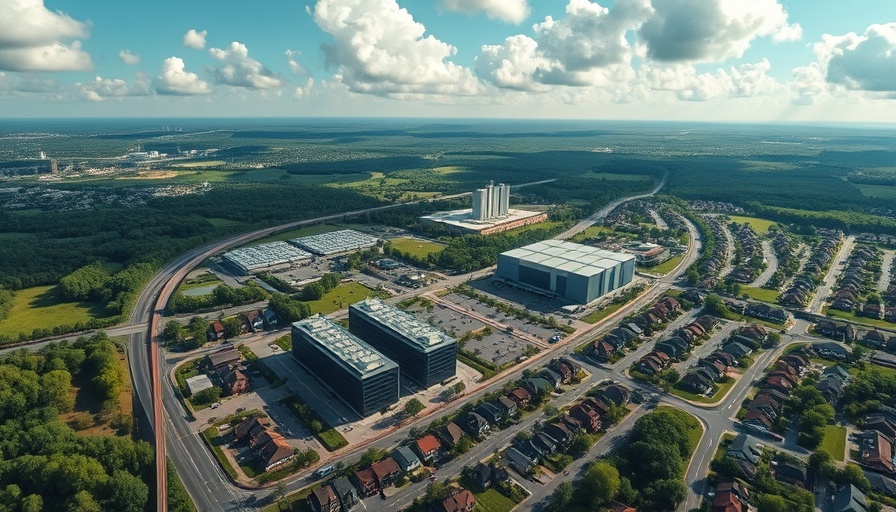
Artificial Intelligence: A Double-Edged Sword in Climate Action
The rising promises attributed to artificial intelligence (AI) regarding climate change echo the contentious debate surrounding carbon offsets. A recent report by the International Energy Agency (IEA) presents a paradox: while AI holds the potential to significantly reduce greenhouse gas emissions in the future, its current operational demands are exacerbating the energy crisis and carbon footprint.
Data Centers: The Energy Demons of Tomorrow?
Data centers, the backbone of today’s digital age, are powering up with alarming energy needs. Currently, many of these facilities rely heavily on fossil fuel sources, primarily natural gas, which generates a hefty amount of emissions. Critics argue that stakeholders may justify this reliance with promises that AI will eventually automate and optimize energy use, reminiscent of the carbon offset schemes that allowed companies to continue with their emissions while indirectly funding sustainability efforts. Unfortunately, history shows that such offsets have often failed to deliver measurable results.
Proven Alternatives Already Exist
The narrative that AI will fix the climate issue later does not account for viable clean energy sources available now, like geothermal, nuclear, and solar energy. Transitioning to these alternatives might be more costly or complex, yet they pose a profound opportunity for meaningful change in the immediate term. Decision-makers must evaluate the trade-offs involved and act against the inertia of waiting for futuristic solutions.
The Gaze Towards the Future: Are We Optimistic or Realistic?
The enthusiasm for AI as the no-strings-attached answer to climate issues can lead to dangerous complacency. Essential changes to energy sourcing and usage habits are required now, and relying too heavily on promises of future AI innovations might merely distract from present action. Industries must find a balance that promotes both innovation and accountability today.
As we engage with the potential of AI, it is critical to maintain a proactive approach towards sustainable practices, ensuring that any advancements in technology go hand in hand with genuine climate solutions.
 Add Row
Add Row  Add
Add 




Write A Comment